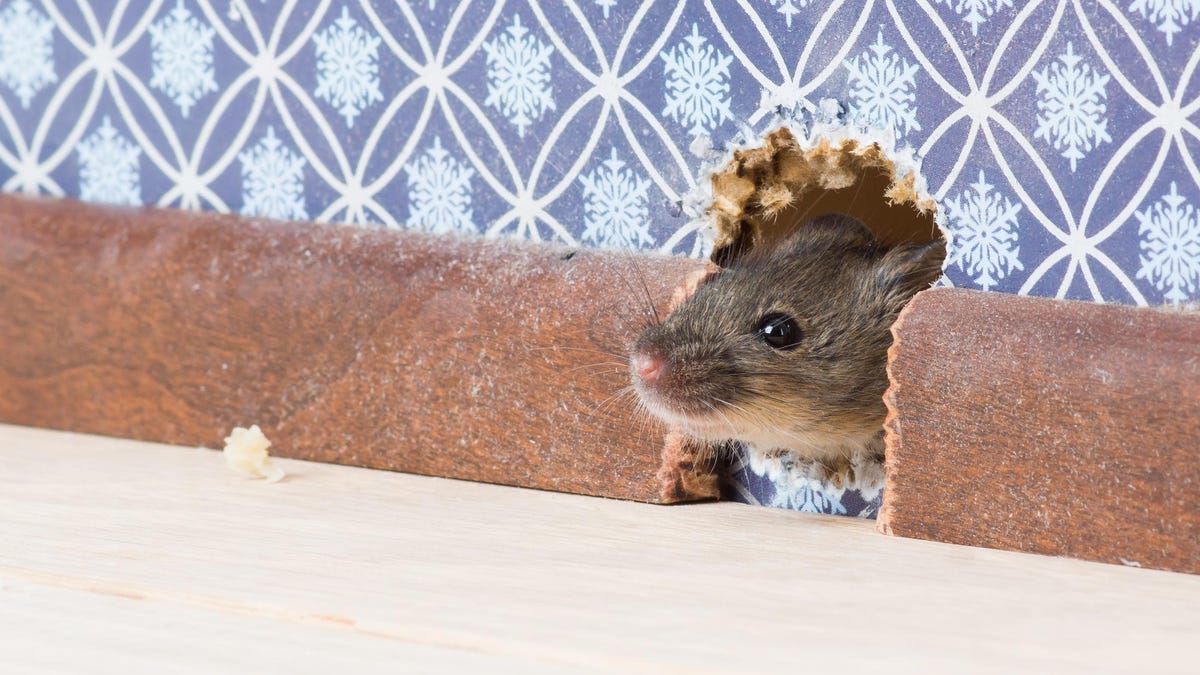How to Keep Mice Out of Your Home This Winter

Every year, when temperatures drop in the fall, mice seek out an all-inclusive winter resort where they can find food, warmth and shelter until spring. While you can’t blame them, you probably aren’t going to roll out the welcome mat and invite them into your home.
But mice are resourceful, compact creatures and don’t wait for an invitation. In other words, if you don’t want them to leave this winter, now is the time to take steps to prevent it. Here’s what you need to know.
How to repel mice in your home this winter
Not only are mice small to begin with, but they can also squeeze into holes the width of a pencil —that’s about 1/4 inch in diameter—so stopping them from gaining access to your home may be more of a challenge than you thought. Here’s what you need to do to keep them out of your home over the winter:
Check the perimeter
Go outside and examine the perimeter of your home. Make several circles, paying particular attention to the lower foundation and mid-structure , checking for cracks, crevices and holes. Also, pay attention to the gaps between the foundation and the ground.
Explore other outdoor areas
Next, look for other cracks and holes on the outside of your home , including:
- In and around the roof, including between the rafters, gables, eaves and joists.
- Around windows and doors
- Vents around the attic and basement
- Around electrical, water, cable and gas lines.
Look for holes and places to hide inside.
According to the Centers for Disease Control and Prevention (CDC), you should check the following interior areas for potential entry points or hiding places inside your home:
- Around windows and doors
- For household appliances
- Inside, under and behind kitchen cabinets
- Joint between floor and wall
- Cabinet floors, especially corners
- In the basement or cellar
- Around floor drains, such as in a basement or laundry room.
- Around the fireplaces
- Around pipes under sinks and washing machines
- Around pipes leading to water heaters and furnaces
- There are vents and dryers around the floor
- Around all power lines, water, gas and sewer.
- Inside the attic
Seal any openings
Once you’ve identified cracks, holes, and hiding places inside and outside your home, it’s time to seal them. Use exterior caulk to fill small holes on the outside of your home.
If there is enough space, you can first stuff the holes with steel wool , then seal it with caulk or foam to hold it in place. Seal large holes with hardware cloth, cement, sheet metal, mesh screen or metal lath.